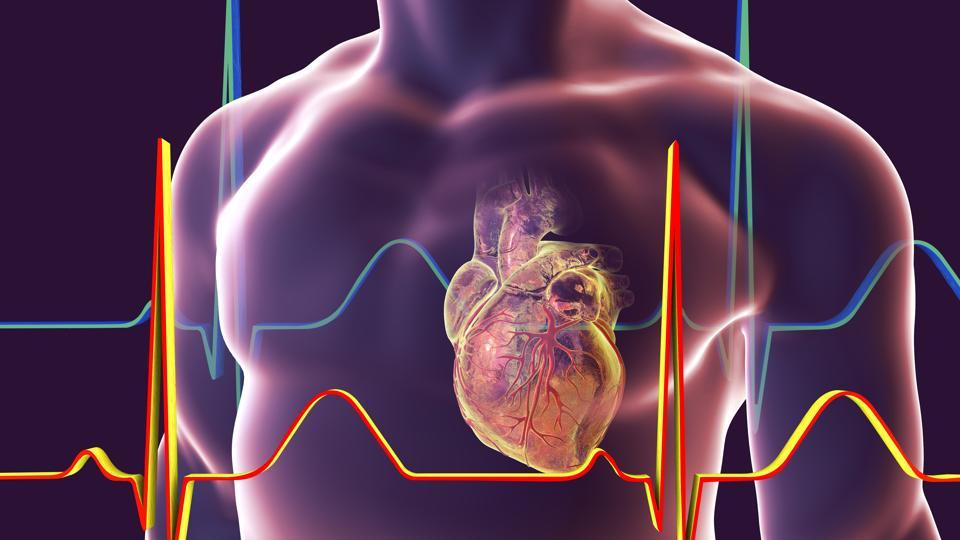
Chronic diseases claim more Indian lives than infectious diseases, and take a huge toll: Between 2012 and 2030, non-communicable diseases and mental health conditions are expected to cost India $4.58 trillion. The government supports states to respond, but much more needs to be done. New research for India Consensus, a collaboration between Tata Trusts and Copenhagen Consensus, reveals some strategies should be prioritised against specific diseases.
The analysis by Professor Shreelata Rao Seshadri of Azim Premji University with Vijayalakshmi Hebbare fills evidence gaps by identifying the costs and benefits of responses to non-communicable diseases.
Diabetes will cost India Rs 9.7 trillion between 2012 and 2030. The situation varies from state to state, but taking the example of Andhra Pradesh, about one in three people are overweight or obese, and one in 10 have high blood sugar. On current trends, diabetes will kill 159,000 adults in the state alone in 2030.
The new research shows screening and therapy would cost around Rs 2,000 per person annually, or about ₹590 crore over the next 13 years, and save more than 11,000 lives annually and cut chronic suffering by more than 10%. Putting those benefits into economic terms, every rupee would achieve more than 18 times costs.
Cardiovascular disease (CVD) is a killer with such a high national burden that its cost between 2012 and 2030 is almost the equivalent of wiping out an entire year of Indian GDP. In AP, it will claim the lives of nearly one lakh adults this year.
The simple answer is screening and cheap medicine for those at risk. This could avoid more than 2.6 lakh deaths over 13 years, at an average cost of about Rs 4,000 per treated person. The total cost of Rs 4,400 crore will result in benefits worth 31 times the costs.
The researchers also look at cervical cancer and breast cancer, both significant killers of Indian women. Coverage of screening services is very poor: only about one-third of women in AP have had a cervical exam, and about 5% have had a breast exam.
But screening and treatment for cervical cancer costs about Rs 3,200 crore, to save around 600 lives. This means the return on each rupee is a modest Rs 1.6 in social benefits. And using the Clinical Breast Exam would only avoid about 10% of the 3,000 lives claimed by breast cancer each year, but is the most expensive approach studied, at about Rs 5,600 crore. Cervical and breast cancer screening and treatment are important for closing gender gaps and ensuring women access high-quality healthcare.
But a broader view at benefits and costs indicates that resources spent averting a cervical cancer death could save 18 women from CVD death.
Making trade-offs is ultimately the domain of policymakers and voters, but the project’s new research provides costs and benefits for a comprehensive range of policy choices in health, education, environment and the economy, which means new evidence to help tough decisions.
Across India, adequately financing chronic disease, particularly heart disease and diabetes, should be a priority.
[“source=hindustantimes”]







